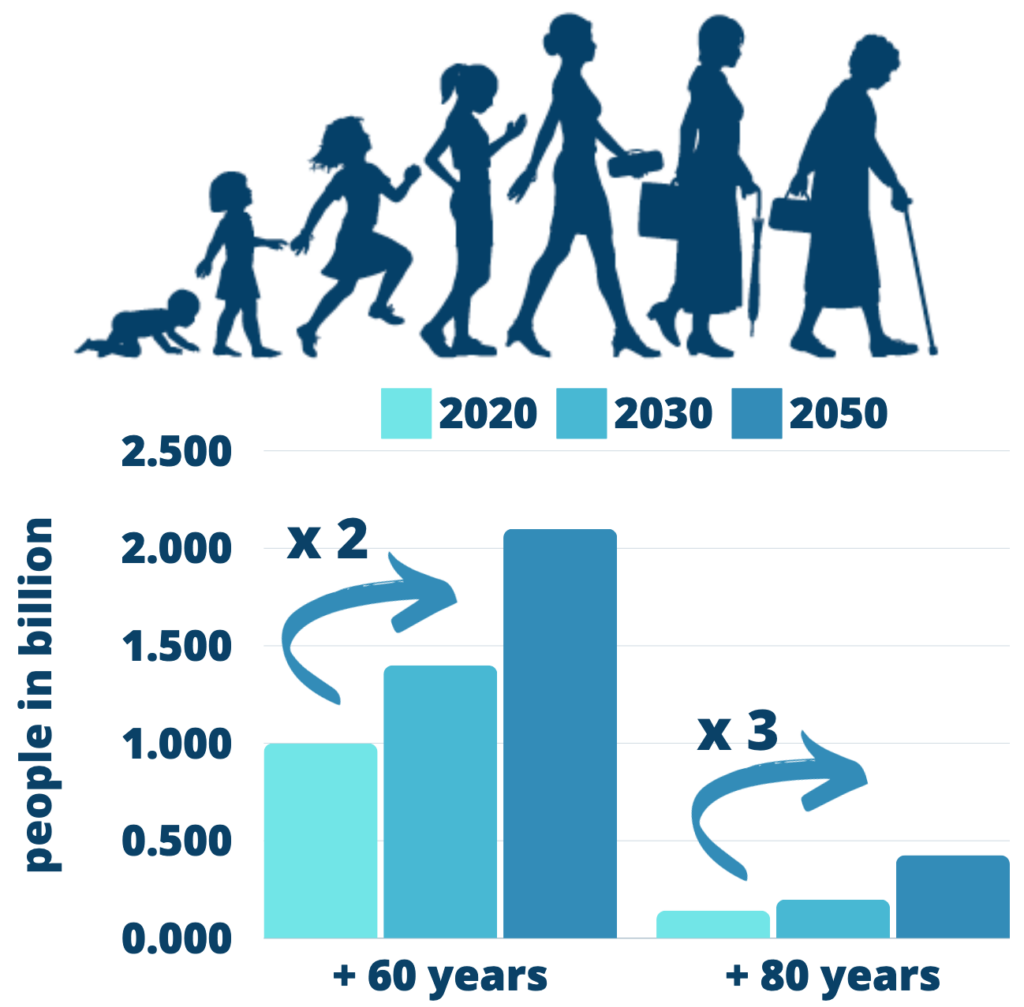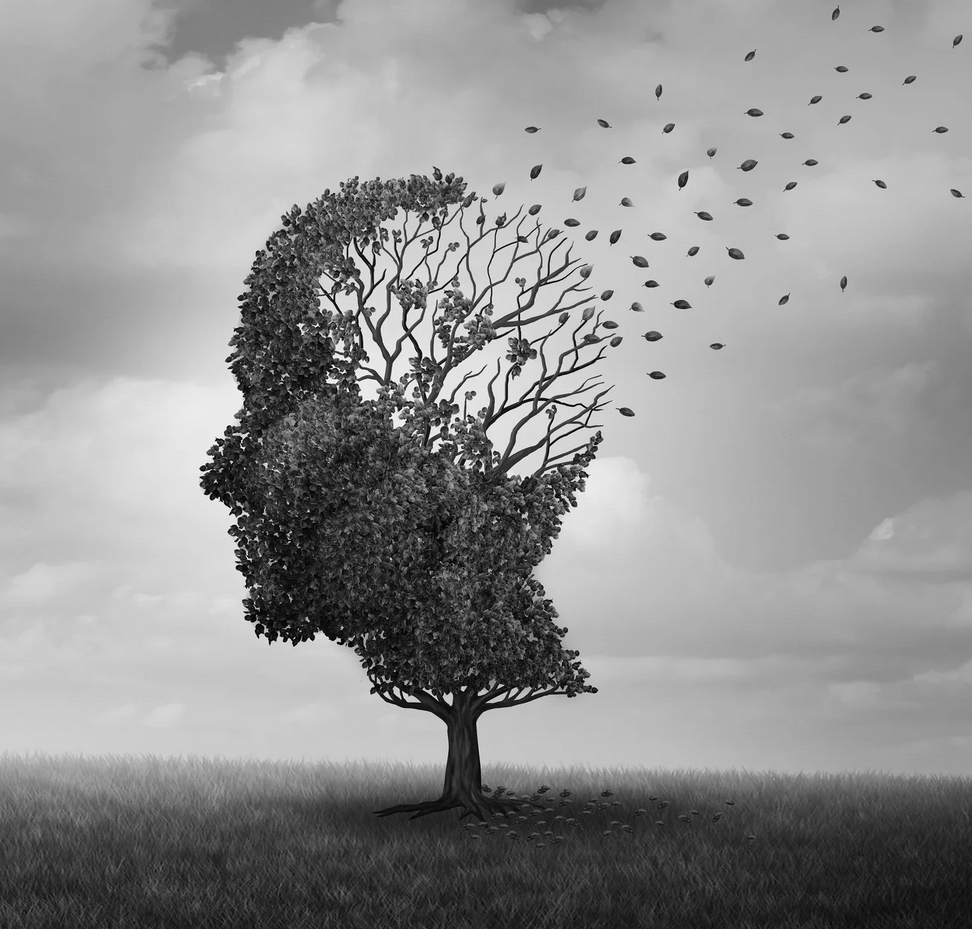Context
Advances in medicine and personal care have dramatically increased human life expectancy.
The Second World War ended with a huge population explosion – the baby boom generation is now transforming into the grandpa boom generation.
The proportion of older people worldwide is increasing significantly due to declining fertility rates and increasing life expectancy.
Due to the global aging of the population, the incidence of neurodegenerative diseases is constantly increasing worldwide.

One of the major challenges of the 21st century
Neurodegenerative diseases
Neurodegenerative diseases are one of the most common neurological disorders worldwide. They result from the progressive loss of neuronal structure or function. The best known neurodegenerative diseases are: Alzheimer’s disease, Parkinson’s disease, Lewy body dementia, amyotrophic lateral sclerosis, multiple sclerosis, Huntington’s disease,

Alzheimer Disease
Among dementias, Alzheimer’s disease, the most diagnosed, represents 60 to 70% of cases. This pathology leads to motor problems (apraxia: difficulty performing certain gestures) or mental dysfunction (amnesia: memory disorder) and cognitive dysfunction (aphasia: language disorder and agnosia: loss of recognition of objects or people), symptoms that disrupt social behavior.
At the beginning, Alzheimer’s disease is very little or not visible and it is only after months, even years, that the first apparent disorders appear, leading to the establishment of the diagnosis. The disease lasts for around ten years on average, but this duration varies from one person to another. However, in all cases Alzheimer’s disease results in a loss of autonomy.
Some Numbers

1st neurodegenerative disease

+ 55 million patients worldwide

2 out of 3 patients are women

+ 1 000 Billion US$ of impact on healthcare system
Some Dates

From a physio-pathobiological point of view, Alzheimer’s disease is characterized by the appearance of two specific types of lesions, each associated with a specific protein compound:
- amyloid plaques around neurons: the beta-amyloid protein naturally present in the brain accumulates outside of neurons, forming plaques called amyloid plaques or senile plaques, which are toxic to neurons.
- neurofibrillary degeneration: naturally present in the body, normally participates in the constitution of the skeleton of cells. In Alzheimer’s disease, this protein is modified and via its intracellular deposition, it disorganizes the structure of neurons, it produces neurofibrillary degeneration leading to the death of neurons.
Patient Care
There is currently no treatment that can prevent, cure or stop the progression of Alzheimer’s disease.
Several medications are available to patients on the market to slow the progression of the disease by targeting certain symptoms of the disease.
This is particularly the case for the four historic small molecules of Alzheimer’s disease:
- Three of them are acetylcholinesterase (AChE) inhibitors (donepezil, rivastigmine and galantamine). Their mechanism of action is the same and involves inhibiting the AChE enzyme to maintain high levels of acetylcholine, a substance found in the brain that helps nerve cells communicate with each other.
- The fourth small molecule on the market is an NMDA antagonist (memantine). Memantine blocks this receptor, reducing levels of glutamate, another neurotransmitter like acetylcholine, thereby limiting the toxic effects associated with excess glutamate and regulating glutamate activation.
Recently three new biotherapies (antibody-based therapies) targeting the amyloid peptide obtained marketing authorization in the United States.
Despite the existence of these therapies, the management of Alzheimer’s disease is mainly based on non-drug treatments intended to preserve a certain level of autonomy and well-being of the sick person.

